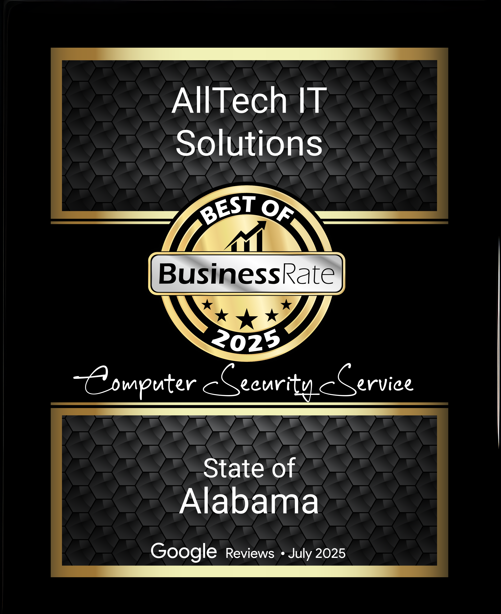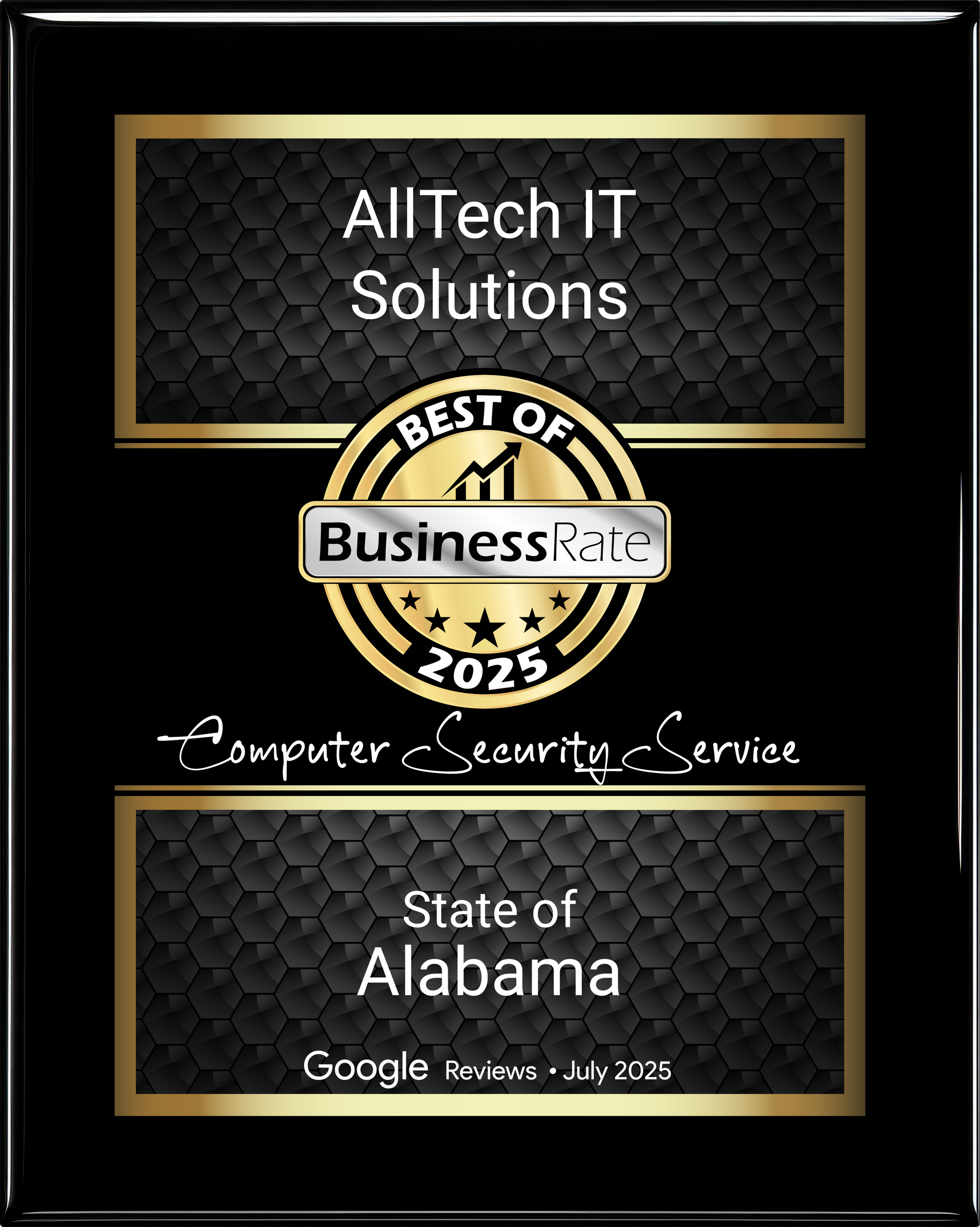Top 5 Ways AI and Process Automation Can Make Your Already Successful Business More Profitable
Top 5 Ways AI and Process Automation Can Make Your Already Successful Business More Profitable
When you’re already running a successful business, the goal isn’t about survival—it’s about scalability, repeatability, and gently squeezing more value from what’s already working.
That’s exactly where AI and process automation can be game-changers.
At Alltech, we see a clear pattern: mature businesses often hit a stage where processes work, teams are efficient, and growth is steady—but margins plateau or bottlenecks creep in. That’s typically when leaders start asking:
- “How do we do more without adding more headcount?”
- “What could we optimize if we weren’t buried in routine tasks?”
- “Are we leaving money or data on the table?”
Below we’ll cover five practical ways AI-powered automation tools—like our Alltech Automation & Intelligence Tools powered by Rewst—can unlock the next level of profitability in an already successful business.
1. Eliminate Time-Draining Manual Tasks Across Departments
Even high-performing teams lose hours to copy-paste work.
Whether it’s onboarding new hires, pulling data across systems, chasing document approvals, or managing recurring reporting, these “necessary but mindless” tasks create hidden cost centers—all powered by human attention.
With our Alltech Automation & Intelligence Tools powered by Rewst, we help businesses build low-code or no-code automations that eliminate repetitive workflows.
For example:
- HR teams can automatically kick off background checks and onboarding tasks from a single new-hire form.
- Finance can standardize invoice processing and eliminate delays in approvals.
- IT departments can auto-remediate common issues like password resets or device onboarding.
The result? Teams focus on strategy, not screens.
2. Reduce Errors and Rework in High-Stakes Processes
Even your best employees make mistakes—especially when processes rely heavily on manual steps.
AI-enabled process automation reduces variability, enforces standards, and catches anomalies before they snowball. That’s good for compliance, client satisfaction, and profitability.
Let’s say your operations team manages customer orders with multiple touchpoints across shipping, billing, and customer communications. An automated workflow can:
- Verify data as it’s entered
- Sync systems in real time
- Alert staff automatically when something falls outside expected parameters
By the time errors reach a human, they’ve already been flagged—or resolved. That’s profit saved and reputation protected.
3. Deliver Faster Service Without More Overhead
Successful businesses grow by exceeding expectations—but friction can grow with scale. Long response times or inconsistent follow-through can quietly erode customer satisfaction and put pressure on your team.
We help clients build AI-driven workflows that react to real-time inputs—like a client submitting a ticket, payment clearing, or a contract nearing expiration.
You can:
- Auto-triage support tickets to appropriate technicians
- Generate follow-up tasks from client interactions
- Create dynamic status updates—without someone manually sending them
It feels personalized to the customer, but efficient to your team. That’s how you scale excellence without burning out your people.
4. Optimize Workflows Using Data You Already Have
Chances are, your systems are full of useful data you're not actively leveraging—simply because it’s trapped in the wrong place or hard to act on.
Our automation platform surfaces patterns and bottlenecks you may not see in daily operations. Paired with AI analytics, you can:
- Identify tasks that consistently delay projects
- See which departments are under- or over-utilized
- Use predictive cues for staffing, inventory, or lead follow-up
You’re not guessing what to streamline next—you’re using cold, contextual data to guide decisions that directly impact the bottom line.
5. Accelerate Decision-Making with AI-Driven Insights
Automation isn’t just about doing—it’s about thinking faster with better context.
By pairing everyday workflows with machine learning tools, businesses can surface insights that once required full-time analysts. For instance:
- AI can categorize inbound customer feedback for trends
- Project data can trigger alerts when KPIs fall out of range
- Sales performance can be mapped against campaign metrics in real time
This isn’t abstract “digital transformation.” It’s about making better business calls—with less lag and more confidence.
The Strategic Advantage of Business-Ready Automation
At Alltech, we deploy and support process automation through our Alltech Automation & Intelligence Tools—powered by Rewst and generative AI.
Yes, the technology is powerful, but what truly drives value is alignment. We don’t drop in automation and walk away. We work with leadership to identify operational friction, prioritize high-ROI workflows, and shape long-term automation strategies.
It’s a managed, measured rollout—tailored to your current success and future scalability.
Curious whether Alltech’s approach is right for your business?
Let’s talk—visit
alltechsupport.com
, call 205-290-0215, or email sales@alltechsupport.com
.











